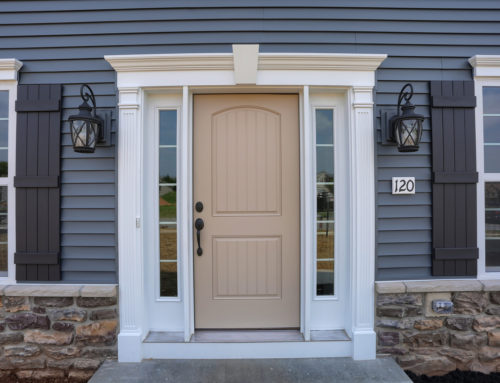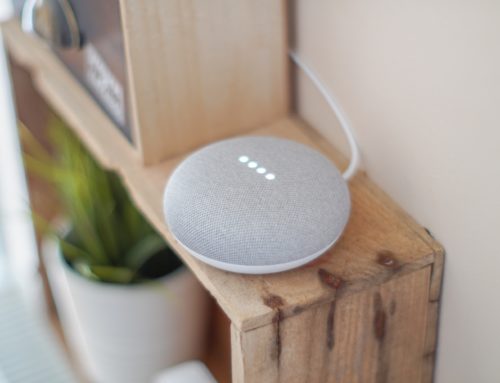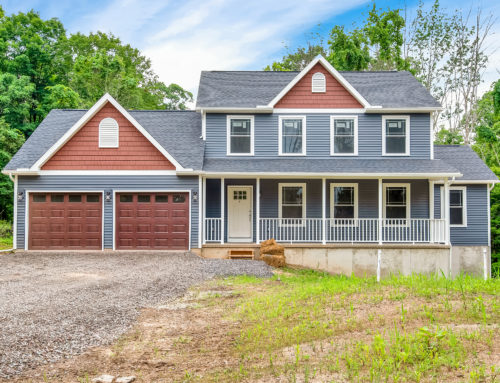By Dave Toht who has written or edited over 60 books on home repair and remodeling for The Home Depot, Lowe’s, Better Homes & Gardens, Sunset, and Reader’s Digest. He’s a former contractor with decades of hands-on experience.
By installing solar tubes, you’ll get the natural light that skylights provide — but with less cost and less hassle.
If you’ve been thinking of adding more daylight to a kitchen or dark hallway, a solar tube may be the way to go. At a fraction of the cost of a skylight, a solar tube provides plenty of warm, indirect light.
How It Works
Known variously as a sun tube, sun tunnel, light tube, or tubular skylight, a solar tube is a 10- or 14-inch-diameter sheet-metal tube with a polished interior. The interior acts like a continuous mirror, channeling light along its entire length while preserving the light’s intensity. It captures daylight at the roof and delivers it inside your home.
On your roof, a solar tube is capped by a weather-proof plastic globe. The tube ends in a porthole-like diffuser in the ceiling of a room below. The globe gathers light from outside; the diffuser spreads the light in a pure white glow. The effect is dramatic: New installations often have homeowners reaching for the light switch as they leave a room.
Cost
A light tube costs about $500 to $1,000 when professionally installed, compared with more than $2,000 for a skylight. If you’re reasonably handy and comfortable working on a roof, install a light tube yourself using a kit that costs about $200 to $400. Unlike a skylight, a light tube doesn’t require new drywall, paint, and alterations to framing members.
How Much Light?
A 10-inch tube, the smallest option, is the equivalent of three 100-watt bulbs, enough to illuminate up to 200 square feet of floor area; 14-inch tubes can brighten as much as 300 square feet.
Popular locations for a light tube include any areas where constant indirect light is handy:
- Hallways
- Stairways
- Walk-in closets
- Kitchens
- Bathrooms
- Laundry rooms
The only place you don’t want a light tube is above a TV or computer screen where it might create uncomfortable glare.
Bringing a Light Tube Through Multiple Levels
Channeling light down to the first floor of a two-story house is feasible if you have a closet or mechanical chase through which you can run the tube. The job can quickly become more complicated if there’s flooring to cut through, or if you encounter wiring, plumbing, and HVAC ducts.
Is Your House Right for a Light Tube?
Because installation requires no framing alteration, there are few limitations to where you can locate a light tube. Check the attic space above to see if there is room for a straight run. If you find an obstruction, elbows or flexible tubing may get around it. It’s relatively easy to install a light tube in a vaulted ceiling because only a foot or so of tubing is required.
Make these evaluations in advance:
- Roof slope: Most light tube kits include flashing that can be installed on roofs with slopes between 15 degrees (a 3-in-12 pitch) and 60 degrees (a 20-in-12 pitch).
- Roofing material: Kits are designed with asphalt shingles in mind, but also work with wood shingles or shakes. Flashing adapters for metal or tile roofs are available.
- Roof framing spacing: Standard rafters are spaced 16 inches on-center; gap enough for 10- or 14-inch tubes. If your home has rafters positioned 24 inches on-center, you can special order a 21-inch tube for light coverage up to 600 square feet.
- Location: A globe mounted on a southwest roof gives the best results. Choose a spot requiring a run of tubing that’s 14 feet or less. A globe positioned directly above your target room can convey as much as 98% of exterior light. A tube that twists and turns minimally reduces the light.
- Weather: If you live in a locale with high humidity, condensation on the interior of the tube can be a problem. Wrapping the tube with R-15 or R-19 insulation greatly cuts condensation. Some manufacturers offer sections of tubing with small fans built in to remove moist air. If you live in a hurricane-prone area, opt for an extra-hardy polycarbonate dome.
Visit HouseLogic.com for more articles like this. Reprinted from HouseLogic.com with permission of the NATIONAL ASSOCIATION OF REALTORS®.











